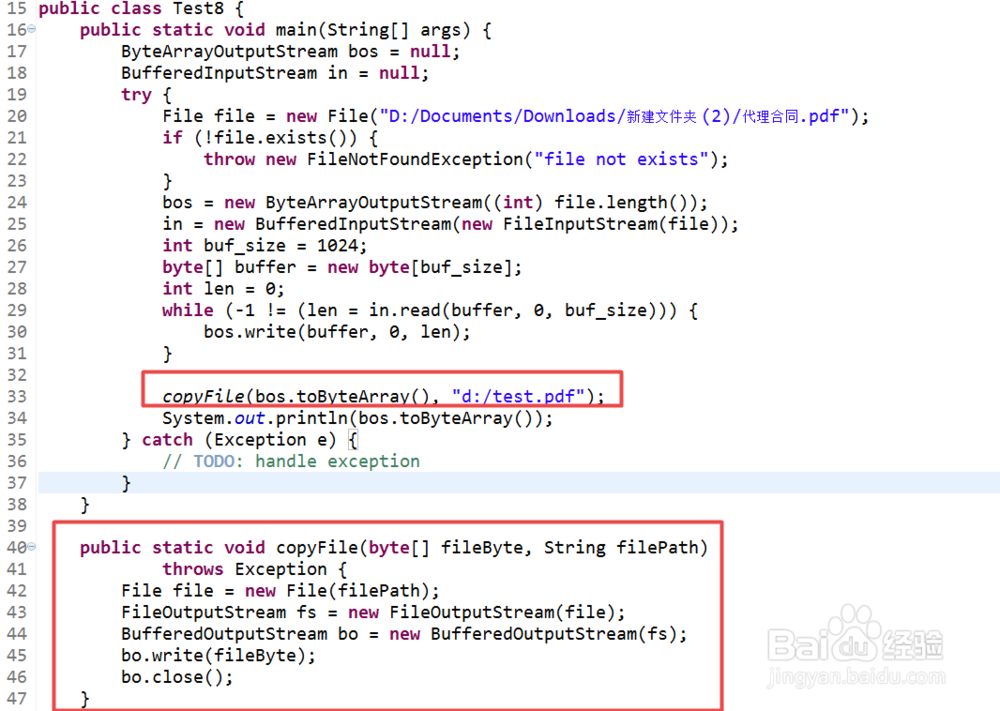java常用文件操作
1、第一种:根据文件地址判断文件是否存在。
1、具体代码如下所示:
import java.io.File;
import java.io.IOException;
public class Test6 {
public static void main(String[] args) throws IOException {
File file = new File("c:/a/test.txt");
File fileParent = file.getParentFile();
// 如果文件夹存在,删除
if (fileParent.exists() || fileParent.isDirectory()) {
System.out.println("存在则执行删除!");
fileParent.delete(); // 删除空文件夹
} else {
System.out.println("文件夹不存在,创建!");
fileParent.mkdir();
// 创建文件
file.createNewFile();
}
}
}
2、测试

2、第二种:获取一个文件加下所有文件。
1、代码如下所示:
import java.io.File;
import java.util.ArrayList;
import java.util.List;
public class Test7 {
public static void main(String[] args) {
List list = new ArrayList();
print("C:/a", list);
// 循环输出list集合
for (Object object : list) {
System.out.println(object);
}
}
public static void print(String path, List list) {
File file = new File(path);
if (!file.isDirectory()) {
System.out.println(path + ":不是文件夹");
return;
}
list.add(file.getPath());
File[] files = file.listFiles();
for (int j = 0; j < files.length; j++) {
if (files[j].isFile()) {
list.add(files[j].getPath() + files[j].getName());
} else if (files[j].isDirectory()) {
print(files[j].getPath(), list);
}
}
}
}
2、测试功能
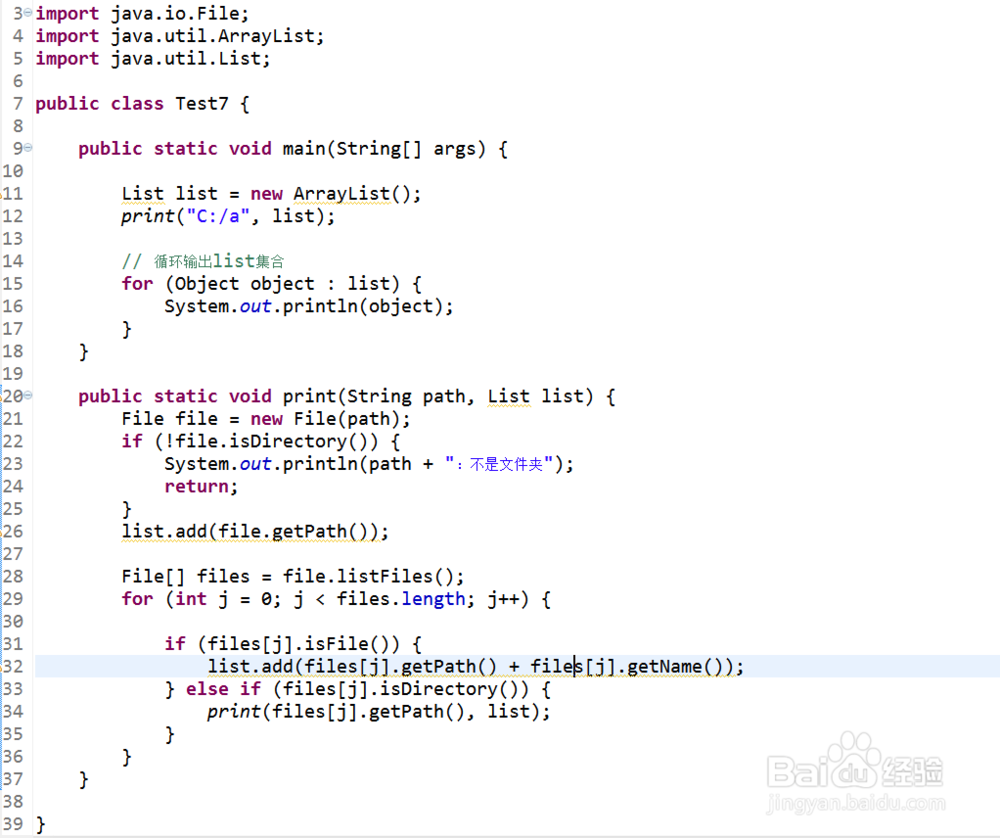
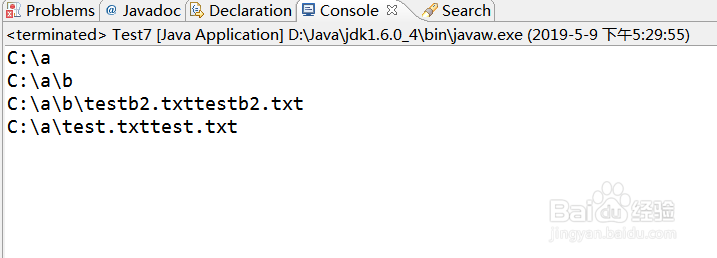
3、第三种:将文件转为字节流。
1、具体代码如下所示:
import java.io.BufferedInputStream;
import java.io.ByteArrayOutputStream;
import java.io.File;
import java.io.FileInputStream;
import java.io.FileNotFoundException;
public class Test8 {
public static void main(String[] args) {
ByteArrayOutputStream bos = null;
BufferedInputStream in = null;
try {
File file = new File("D:/Documents/Downloads/新建文件夹 (2)/代理合同.pdf");
if (!file.exists()) {
throw new FileNotFoundException("file not exists");
}
bos = new ByteArrayOutputStream((int) file.length());
in = new BufferedInputStream(new FileInputStream(file));
int buf_size = 1024;
byte[] buffer = new byte[buf_size];
int len = 0;
while (-1 != (len = in.read(buffer, 0, buf_size))) {
bos.write(buffer, 0, len);
}
System.out.println(bos.toByteArray());
} catch (Exception e) {
// TODO: handle exception
}
}
}
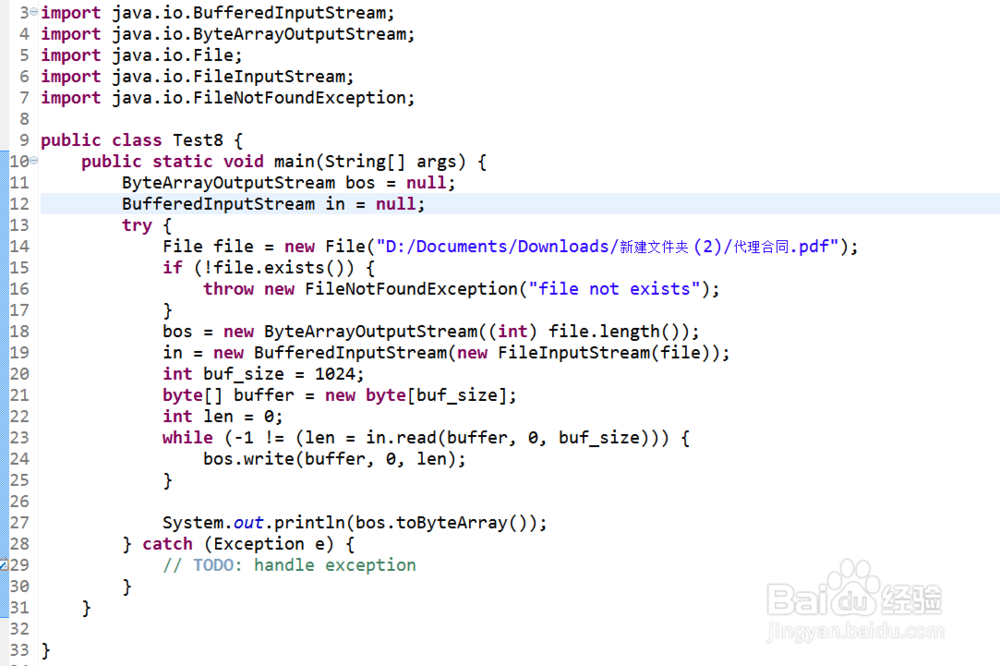
4、第四种:将文件字节流下载到前端。
1、前端使用window的open方法好处是可以下载异常时可以打印提示信息。
var features = 'height=768, width=1024, top=0, left=0, toolbar=no,menubar=no,scrollbars=no, resizable=no,location=no, status=no';
window.open("url", "", this.features);
2、后台代码,先借助第三步将文件转为字节流(系统调用这样搞,一个系统中字节输出字符流更方便)
/**
* 输出下载文件
* @param file
* @param fileName
* @param response
* @throws Exception
* void Author: Skify Apr 25, 2012
*/
public static void download(byte[] file, String fileName, HttpServletResponse response) throws Exception {
// 转化为UTF-8避免文件名乱码
fileName = changeFileName(fileName);
response.reset();
response.setContentType("application/x-msdownload");
response.addHeader("Content-Disposition", "attachment; filename=\"" + fileName + "\"");
BufferedOutputStream bos = null;
try {
bos = new BufferedOutputStream(response.getOutputStream());
bos.write(file);
bos.flush();
} catch (Exception e) {
e.printStackTrace();
throw e;
} finally {
try {
if (bos != null) {
bos.close();
}
} catch (Exception ne) {
throw ne;
}
}
}
/**
* 统一修改文件名
*
* @param outputFileName
* @return String Author Skify Jun 13, 2011
*/
private static String changeFileName(String outputFileName) {
int index = outputFileName.lastIndexOf(".");
String fileType = "";
if (index != -1) {
fileType = outputFileName.substring(index);
}
Date date = new Date();
SimpleDateFormat simpleDateFormat = new SimpleDateFormat("yyyyMMddHHmmss");
return simpleDateFormat.format(date) + fileType;
}
}
3、在页面输出提示信息,后台文件为空或者出现异常时向页面打印信息。
PrintWriter pw= response.getWriter();
pw.println(msg);
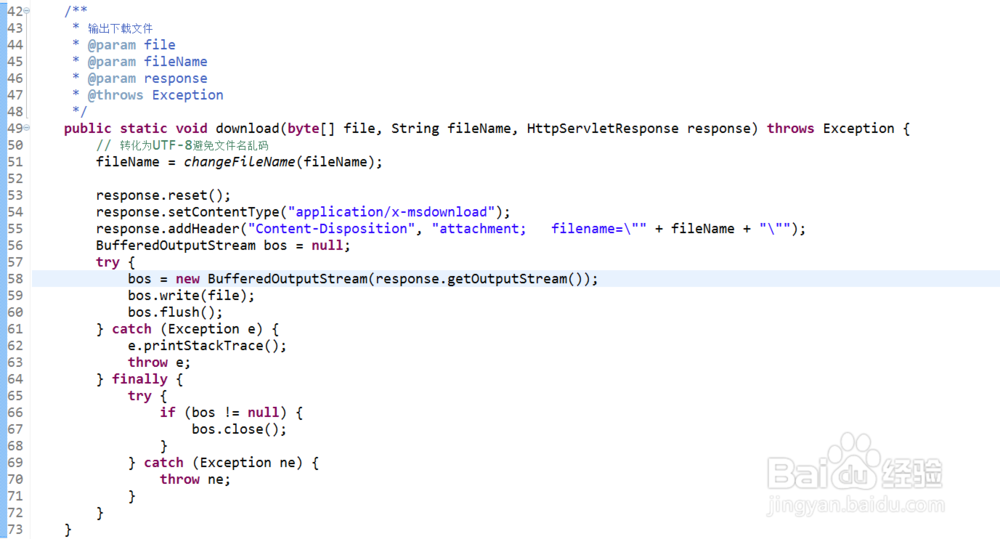
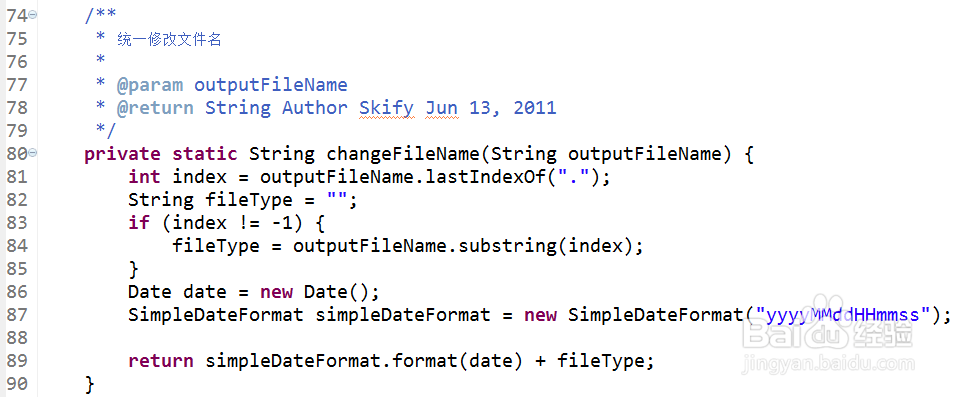
5、第五种:文件拷贝。
1、借助于前面第三步先读取文件获取字节流,然后借助于字节流写文件,代码如下所示:(多次执行路径完全相同本次生成的文件会将原文件覆盖)
public static void copyFile(byte[] fileByte, String filePath)
throws Exception {
File file = new File(filePath);
FileOutputStream fs = new FileOutputStream(file);
BufferedOutputStream bo = new BufferedOutputStream(fs);
bo.write(fileByte);
bo.close();
}
2、简单的借助于file流对文件读和写,
可以直接参考:
https://jingyan.baidu.com/article/f0e83a25544e3c22e5910181.html
或者百度搜索:
